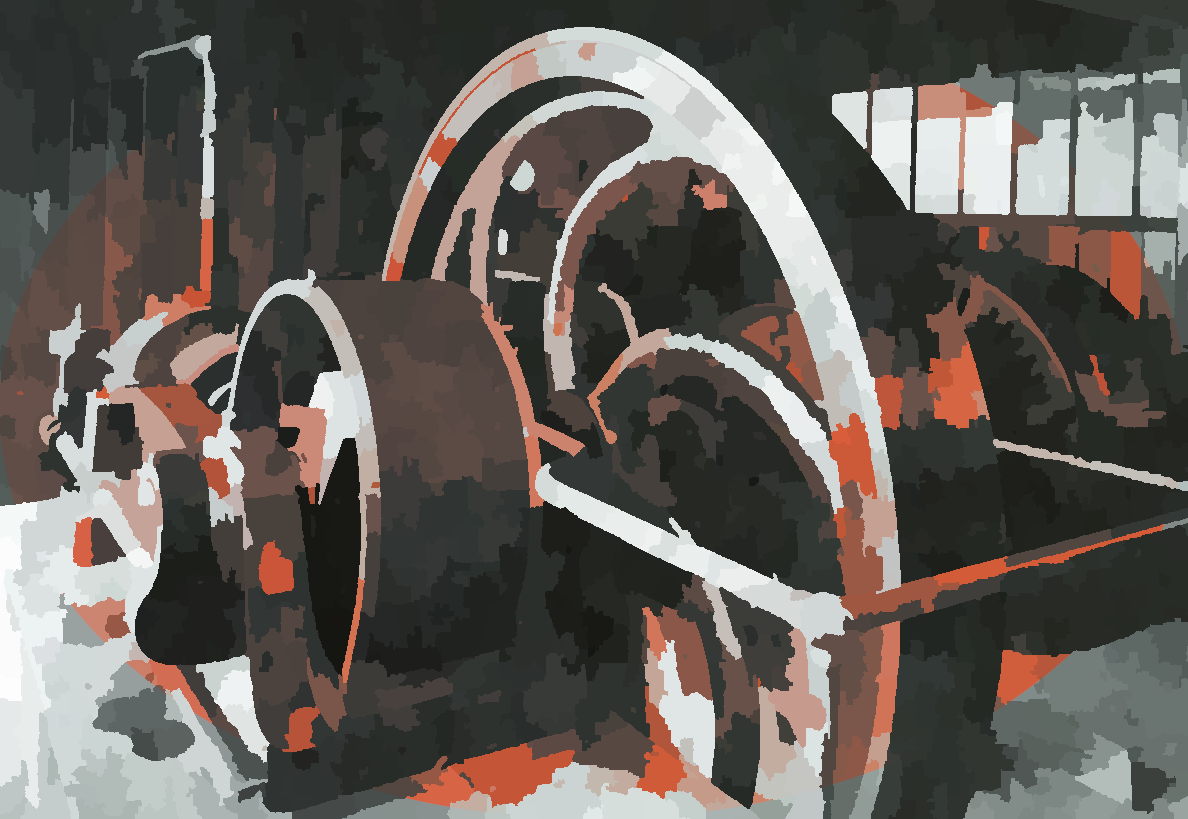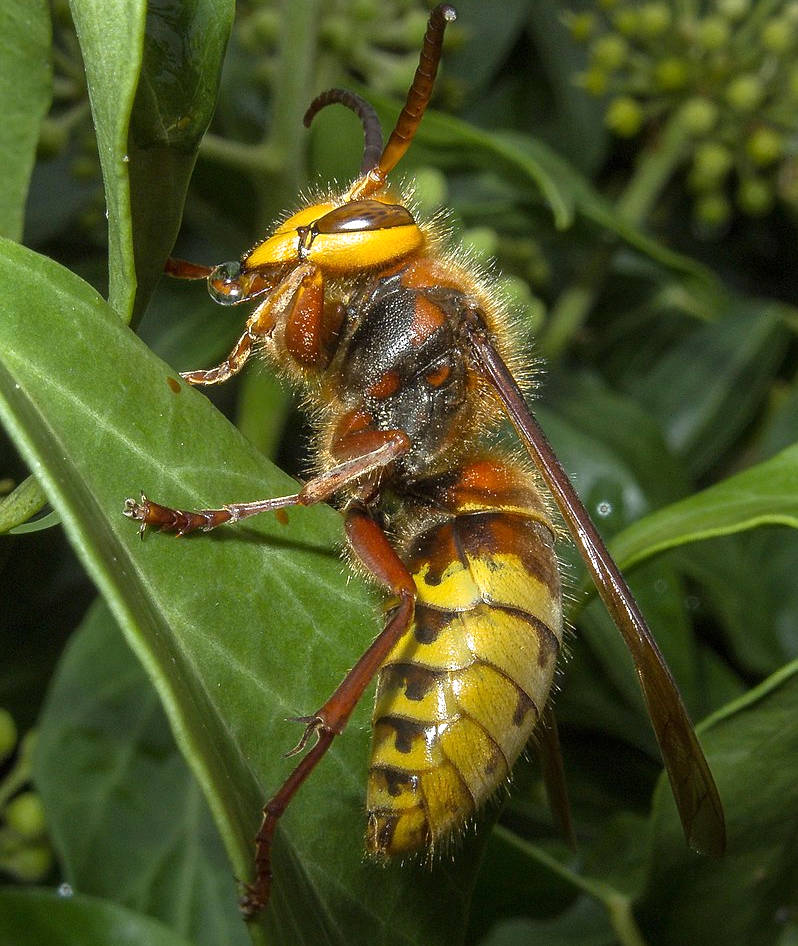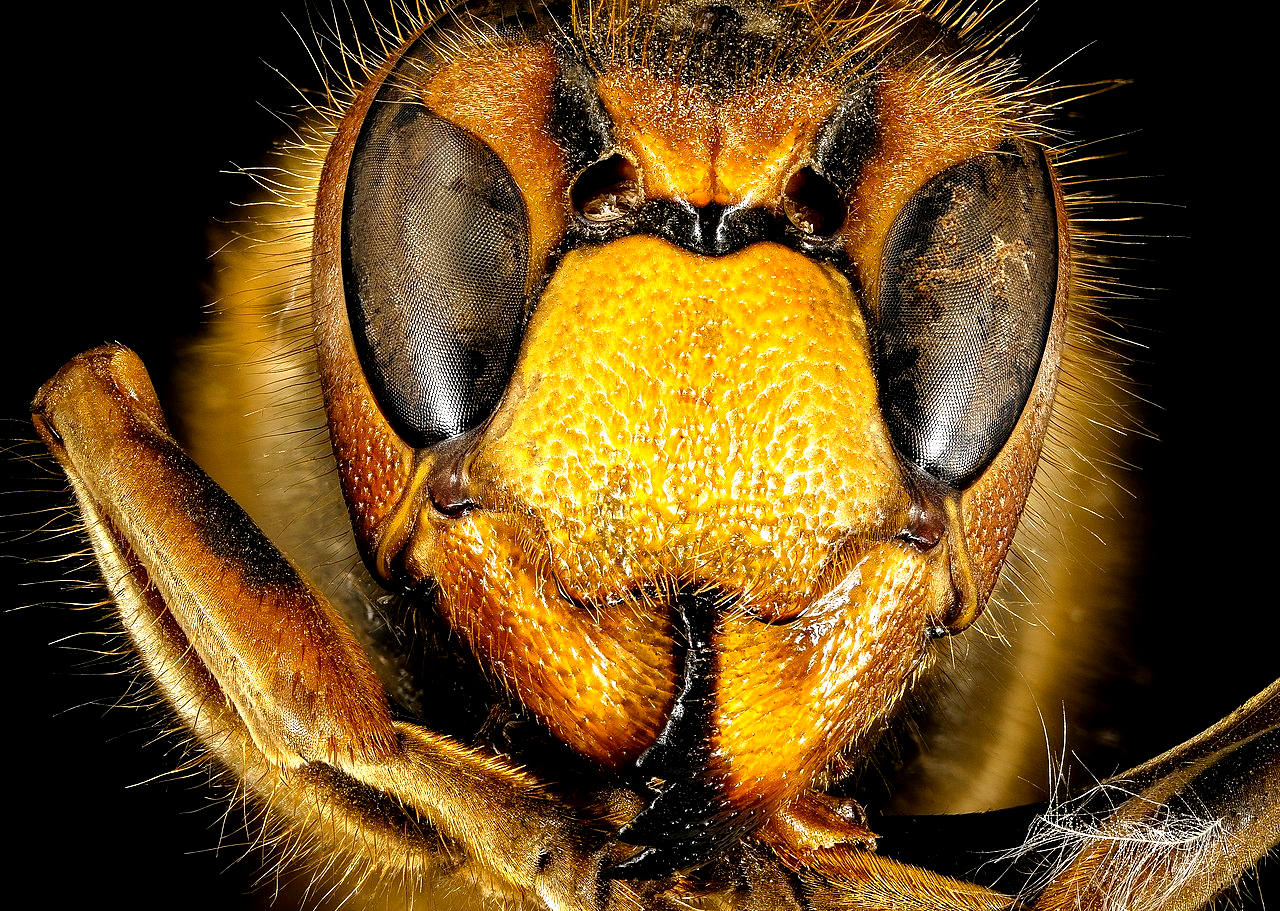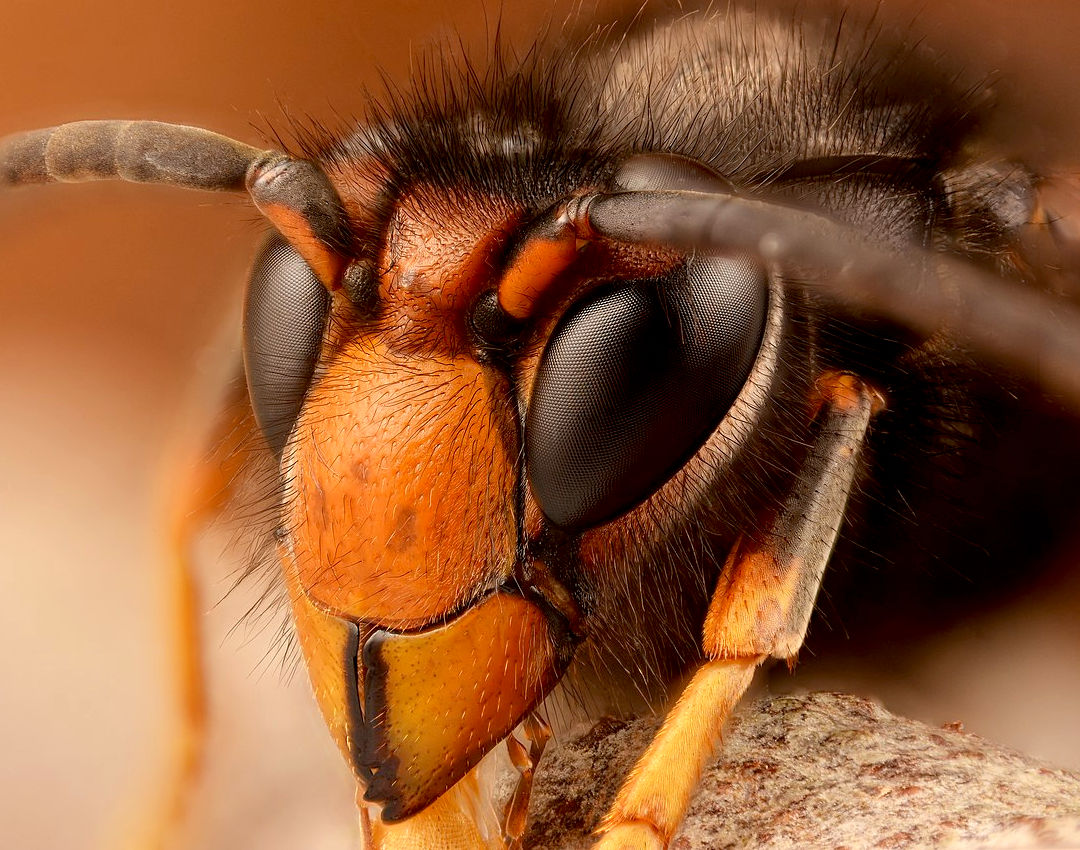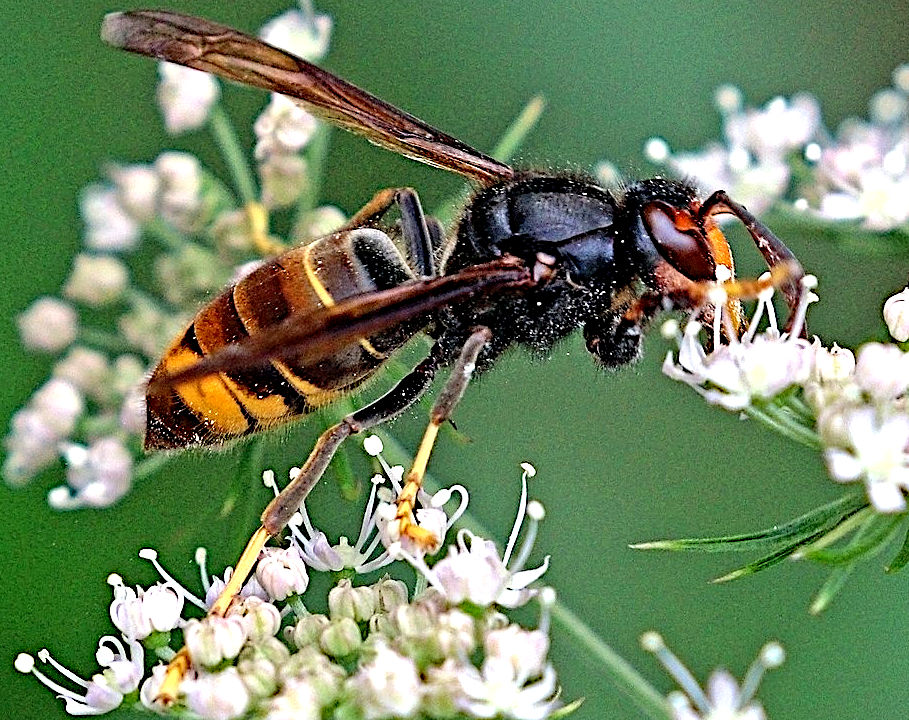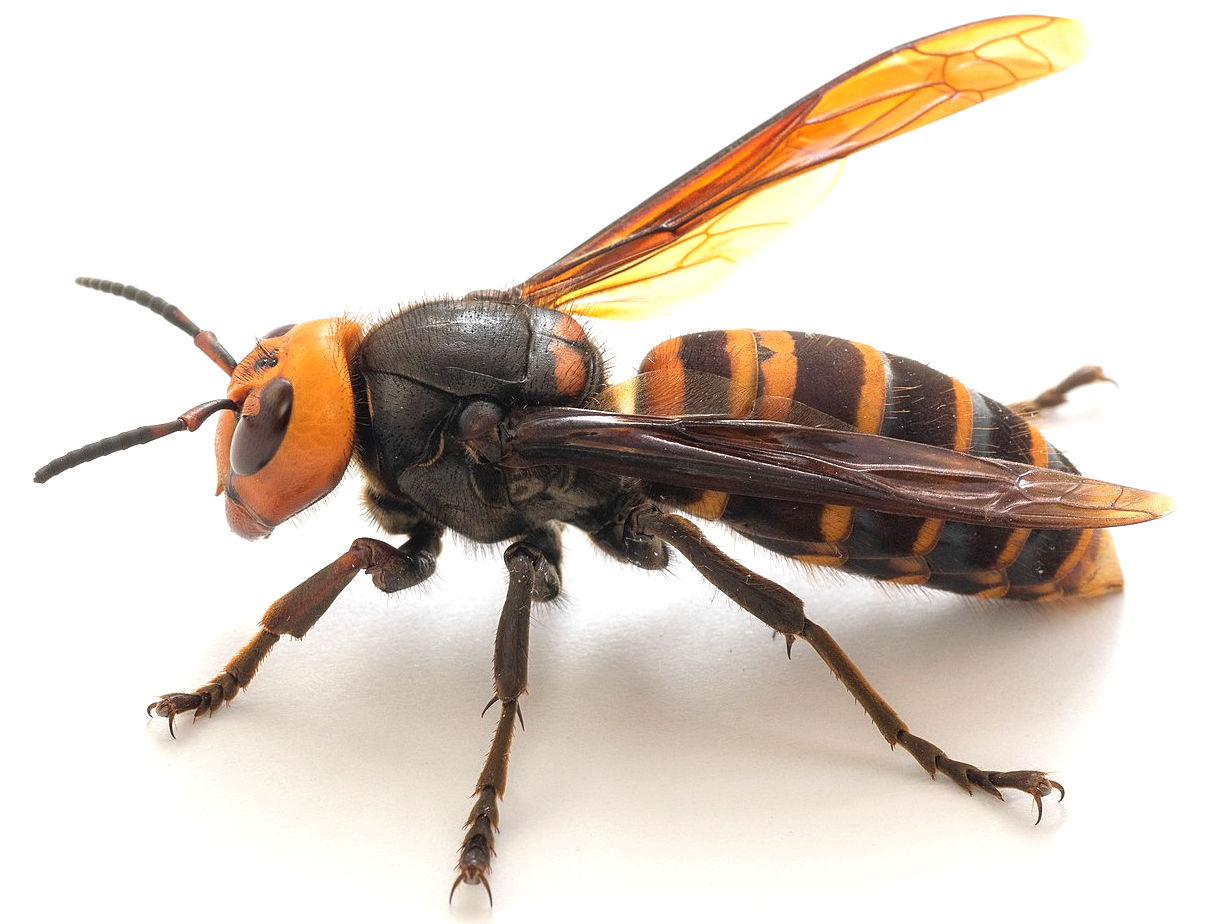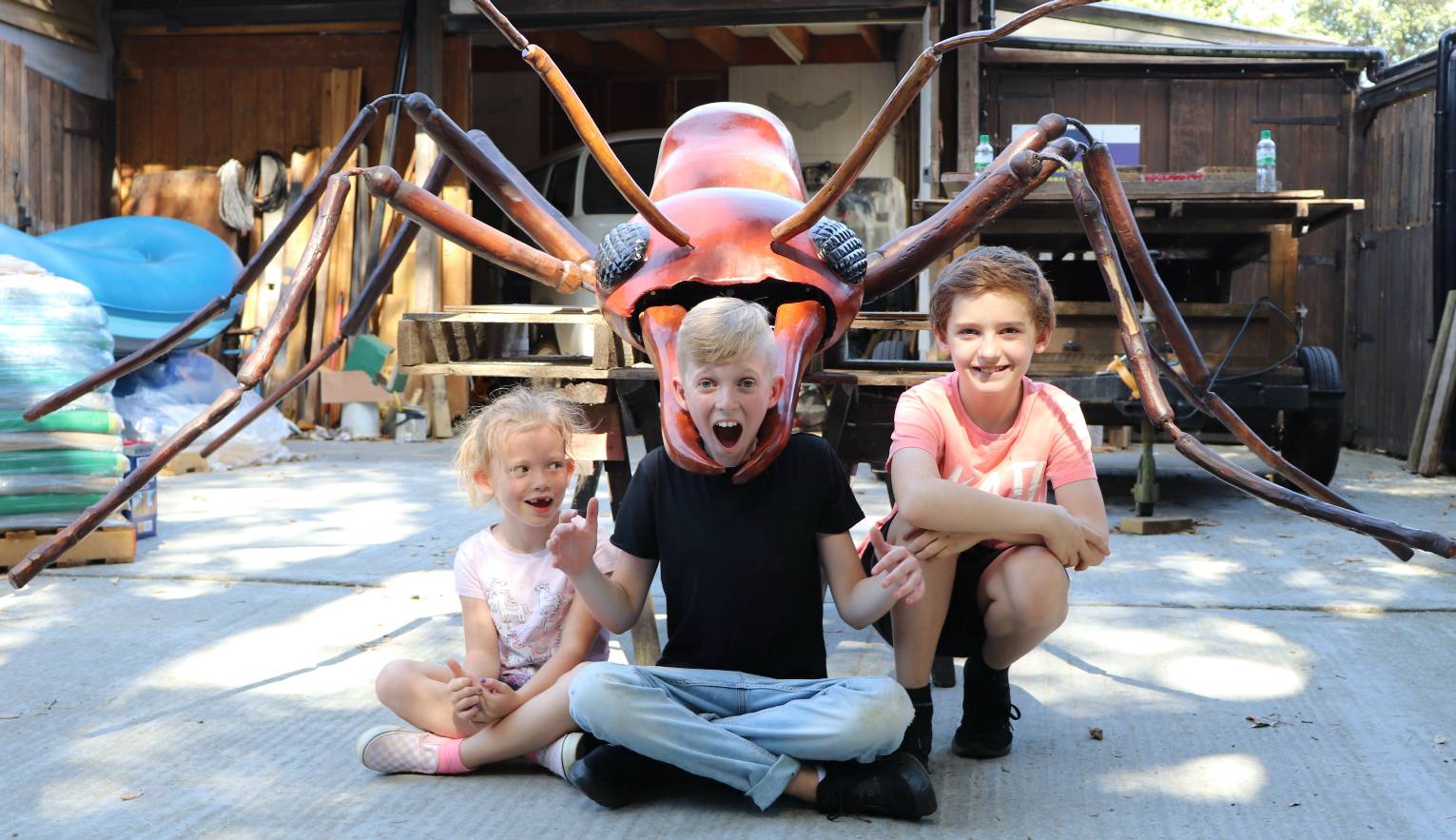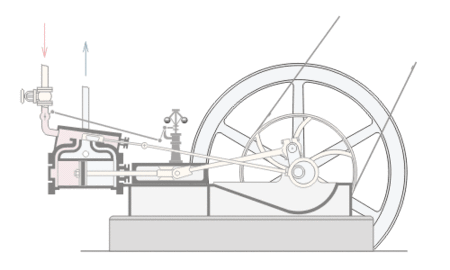|
HORNET'S NEST |
SCIENCE |
||||
|
EXHIBITS FRIENDS HERITAGE HOME LIME PARK OPEN DAYS PARKING TECHNOLOGY UNESCO |
|||||
HORNETS - These hornet's nest, complete with pupae were found in a hedgerow in 2016, at Herstmonceux Museum in Sussex. Another hornet was captured in May of 2023, and filmed, which you can see below. The lone hornet had entered a canteen area, flown into the web of a false widow spider over a high roof window, and the two combatants crashed to the ground as the hornet tried to escape. One of our associates separated the vespoid from the arachnid, and filmed the little blighter in the yogurt pot. The spider would have won, as the hornet was completely tangled. The spider escaped another plastic tub, and a week later, had constructed a web at worktop height, and had to be relocated outside. No doubt, finding its way back inside, and we do not care about that. So long as it is a natural act. Spiders keep the fly population controlled. A supply and demand thing, or nature balancing things.
The European Hornet, is slightly larger than the invasive Asian Hornet, which has yellow legs. The nest found in a hedge in the summer of 2016 in Lime Park, Herstmonceux, is therefore likely to be the European species, but this picture has been shared with the investigating universities, just to be sure, where the abdomen was not that yellow, and the legs are not yellow. In addition, the head is not black. Video link: https://www.youtube.com/watch?v=EGve53ZDvds
It is worth reading up on both species, and only then if you are unsure, report the matter to one of the academic institutions monitoring the spread. They are probably inundated with reported sightings.
EUROPEAN HORNET APPEARANCE
EUROPEAN HORNET, VESPA CRABRO, A SPECIES NATIVE TO ENGLAND - Please note that this hornet was released back into the wild. No animal was harmed during any of these recordings. Recordings were not rehearsed, in the interests of releasing the specimens as quickly as possible, to minimize distress.
There have been umpteen instances of toads and slow worms in this location. Dragonflies and ichneumon wasps. Our particular favorite are bumble bees, that are given pride of place, alongside bats. We never disturb a nest. There is even an owl living in adjacent trees, that we can hear hooting at night. There are also foxes, rabbits and adders. If you like snakes. One adder, slithered over the foot of a former curator, then into ivy growing up a sycamore tree. He stood perfectly still, such as not to cause the reptile to react adversely, and get bitten. It had beautiful markings. But the whole incident was over so quickly, nobody got a picture.
We are fortunate to be able to experience such a wide variety of wildlife in this location. The only real nuisances are mice and grey squirrels. We had one squirrel trained to eat nuts from the hand. Unfortunately, a local cat may have frightened that furry creature away, or even eaten it. For it disappeared. We also had peacocks nesting in the grounds at one point, and one old fox, used to sunbathe in the back yard. One feral black and white cat lives on site. Belonging to nobody, and is not fed. So, must be helping to cull the local mouse population. Ducks, moorhens and great crested newts are a feature of the ponds in Lime Park. There is also a heron.
NON-NATIVE
SPECIES ALERT
Thank you so much for your e-mail. We receive lots of reports of native species that look like Asian hornets and I am pleased to say that the photograph you have sent is a native species - the European Hornet, Vespa crabro.
This will be very useful as a record of this native species. Only the fields marked with a red asterisk * are required. You can enter the "spatial reference" simply by clicking on the map. Please use Vespa crabro or Hornet in the species name box.
Thank you so much for your e-mail. If you contacted us regarding a suspected sighting of Asian hornet, we will respond within 2 working days if we require further details from you to assess your sighting. If you are concerned about another non-native species then we will endeavour to respond with more information very soon.
We receive lots of suspected Asian hornet reports and assess each one individually but unfortunately, we cannot reply to every email. Therefore if you included a photo with your email and do not hear from us, you can be assured the species you have reported is not an Asian hornet.
https://www.nonnativespecies.org/non-native-species/species-alerts/#Species_53
However, reporting sightings as you have done is hugely appreciated and important in assisting with surveillance of non-native species.
or through the free Asian Hornet Watch recording app for Android and Apple devices:
https://play.google.com/store/apps/details?id=uk.ac.ceh.hornets
or https://itunes.apple.com/gb/app/asian-hornet-watch/id1161238813
This helps us by adding your record directly into our species database where we will endeavour to provide feedback on the identity of the insect you have reported as soon as possible, and can share information with others involved with surveillance for this species.
For further guidance on obtaining a sample please visit the following page on the National Bee Unit website:
https://www.nationalbeeunit.com/about-us/sending-samples-to-the-laboratory/
https://www.nonnativespecies.org/assets/Uploads/ID_Vespa_velutina_Asian_Hornet_5.0-1.pdf.
http://www.bwars.com/sites/www.bwars.com/files/info_sheets/Vespa-crabro-info-sheet.pdf
LARGE BLACK BRITISH HOUSE SPIDER (Tegenaria domestica), can be found living behind the fireplace, under the sofa, or in the bath. Giant house spiders are particularly prevalent in the autumn when the males are out looking for females. The males stay with their chosen females for some weeks, mating numerous times until eventually they die, at which point they are eaten by their female. Giant house spiders spin sheet-like cobwebs in neglected corners of the room and wait close by for unsuspecting insects to get caught; they are most active at night. As a group, their long-legs, dark hairy bodies and preference for houses and buildings make them unmistakable. Please note that this spider was released back into the wild. No animal was harmed during any of these recordings.
THE GUARDIAN 5th SEPTEMBER 2023 - ASIAN HORNETS LIKELY TO HAVE BECOME ESTABLISHED IN UK, EXPERTS SAY
It is likely the Asian hornet has become established in the UK, conservationists fear, as a record number of nests have been found.
HORNETS - A British hornet with a yellow abdomen
HORNETS - European yellow head
HORNETS - Asian with orange head
HORNETS - An Asian hornet spotted in Portugal in 2016
HORNETS - Japanese giant hornet 45mm, bright orang/yellow head
TITLE: Cross Orb Weaver Garden Spider Herstmonceux, Sussex wildlife. Copyright Miss Ocean 24 Sept 2023.
OTHER EXHIBITS
In addition to the archaeology contained in the structure of the extant generating building, together with original switches and other electrical apparatus, much of which was excavated on site, there are several innovative vehicles and vessels on permanent display at Herstmonceux Museum, including:
1. Art Gallery - Collection of paintings, pictures, graphics, sculptures, wooden carvings & exotic glassware 2. Archives - Historic documents library, patents, trademarks, copyright, films, catalogued legal papers & letters 3. An Edwardian ice well, throwback to the days before refrigeration 4. A large underground (condensation/cooling) and water storage chamber for ice making 5. The world's smallest water basin, test tank for model boats & ships to 1:20 scale 6. World's smallest wind tunnel, vehicle drag measuring instrument using electronic strain-gauges 7. Three PV boat models, Navigator, SWATH & 2 cats + route map prior to Swiss PlanetSolar 8. Seavax, the ocean cleanup proof of concept prototype from 2016 9. AmphiMax, radio controlled (working) beach launching & recovery vehicle for SeaVax 10. Anthony the most dangerous giant Australian bulldog ant, 300 times normal size 11. EV - FCEV refueling station model in 1:20 scale 12. The only working (fully functional) water well in Herstmonceux village 13. The fountain of youth, supplied from natural well water drawn on site 14. Second World War, 'Anderson Inspired,' bomb proof shelter constructed by Major Charles de Roemer 15. City sports FCEV-BEV, hydrogen gull wing proof of concept DC50 electric car 16. Land speed record car: Bluebird-Electric BE1 (original 1st) with battery cartridge exchange 17. Land speed record car: Bluebird-Electric BE2 (original 2nd) with cartridge exchange 18. A complete mummified squirrel, found when re-roofing the Museum June 2017 19. A fully operational, and restored VW Kombi van dating from 1978 (historic vehicle) 20. BMW i3, battery electric vehicle hybrid, with onboard generator range extender 21. Solar panel, sun tracking system, with battery storage 22. A hornet's nest found on site & preserved in 2016 (reported as [Asian] invasive species, to be safe) 23. Three sewing machines, including an antique Singer and a Brother industrial. 24. Adventure climbing frames for children (back to nature) Swiss Family Robinson 25. 'Elizabeth Swann' proof of concept model 1:20 scale hydrogen powered trimaran 26. Holm oaks, planting and growing trees from acorns on site, re-wilding in Sussex
ANTHONY THE MAGIC DINOBOT - Special effects animatronics/artwork for a Jameson Hunter story
We hope that these exhibits might inspire generations of young scientists, to think outside the box, as the innovators appear to have come up with some quite remarkable solutions, all in one place. As some kind of spontaneous think tank, inventive Mecca, or creative commune, where ideas come to life.
|
|||||
|
|
|||||
|
EXHIBITS FRIENDS HERITAGE HOME LIME PARK OPEN DAYS PARKING TECHNOLOGY UNESCO
Copyright © 2023 Lime Park Heritage Trust. A not for profit organisation with charitable objects.
|
|||||
